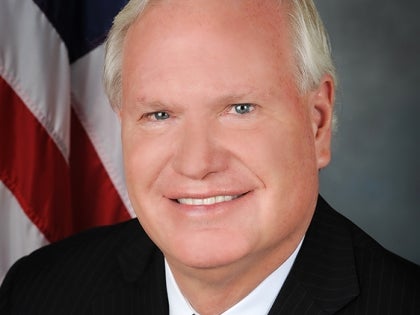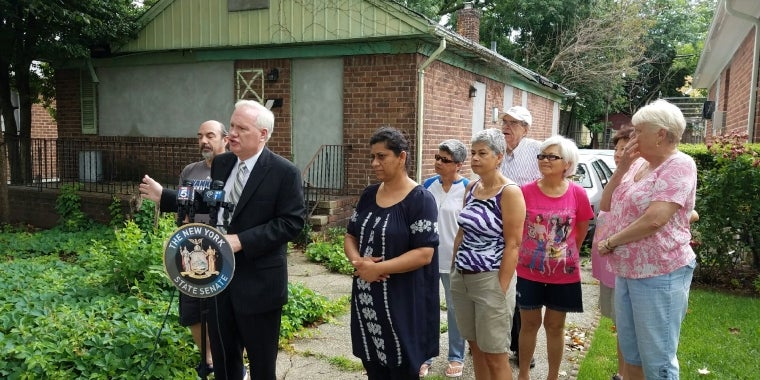
Swans teach life lessons
The mute swan may not speak for itself, but it doesn't need to. It's got friends.
Nobody knew the depths of affection that New Yorkers have for these magnificent creatures, who graced city parks starting in the mid-19th century, until the state Department of Environmental Conservation issued a plan to kill all 2,200 of the graceful birds living in New York statewide.
Last month, animal rights groups rallied. Petitions were signed, calls were made. After a public comment period closed with 1,500 formal comments, more than 16,000 letters and 30,000 signatures on petitions, the DEC announced its decision to reword its plan, which originally called for the total eradication of the birds by 2025 for exhibiting aggression toward humans — only reported when humans approached their young — and eating vegetation that should go to native tundra swans, a smaller white bird lacking the dramatic beauty of their distant relatives.
However, while the birds have won a temporary reprieve, their fate in New York is still unknown.
Since 2005, when the federal Department of the Interior declared mute swans a non-native, unprotected species in response to complaints about the birds' growing population in the Great Lakes, mute swans lost the protection afforded them under the Migratory Bird Treaty Act.
Recognizing the danger to the birds, some areas of the country enacted local laws to protect mute swans, including Connecticut.
Now New York state Sen. Tony Avella, D-Queens, hopes that he can protect them. Avella is sponsoring S6589, which would grant the birds a two-year reprieve and force the DEC to prove its claims against the birds.
When asked what about the mute swans attracted his support, Avella put it this way: "Little kids look at them in awe."
The friendship between mute swans and New Yorkers tracks back to the swans' mid-19th century arrival in New York City. Billowing white feathers and gracefully headed, the birds exuded peace and calm and were an instant success at the city's parks, where people fed them pieces of bread tossed into the water. Generations later, both for the birds and the humans, the tradition continues.
The swans spread eastward and northward from the metropolitan area, as successive generations of New Yorkers did the same.
Stop at any lake or pond where mute swans reside and, if the weather permits, there will likely be someone with a bag of bread or rolls, shredding into small pieces an offering of communion. From wherever they are setting, the birds glide over, their hidden orange webbed feet propelling them to the food and the relationship.
Pairing for life, mute swans seem a reminder that the natural order is to care for one another, be loyal, be true.
And humans have responded to the birds in kind.
What would happen if the DEC tried to kill other naturalized species? On that list are ring-necked pheasants, gray partridge, rock dove, European starling, house sparrow and Eurasian tree sparrow. Why not exterminate a recent invader like the cattle egret before it makes generations-long friendships with us?
The DEC contends that mute swans rob native tundra swans, as well as resident ducks and geese, of food. Yet nobody has reported squabbles among birds.
In fact, maybe because of their size, or maybe out of respect for the birds' pairings, mute swans seem the acknowledged leaders on any lake or pond.
Maybe they are teaching us all a lesson in coexistence.
Read the full story here.

